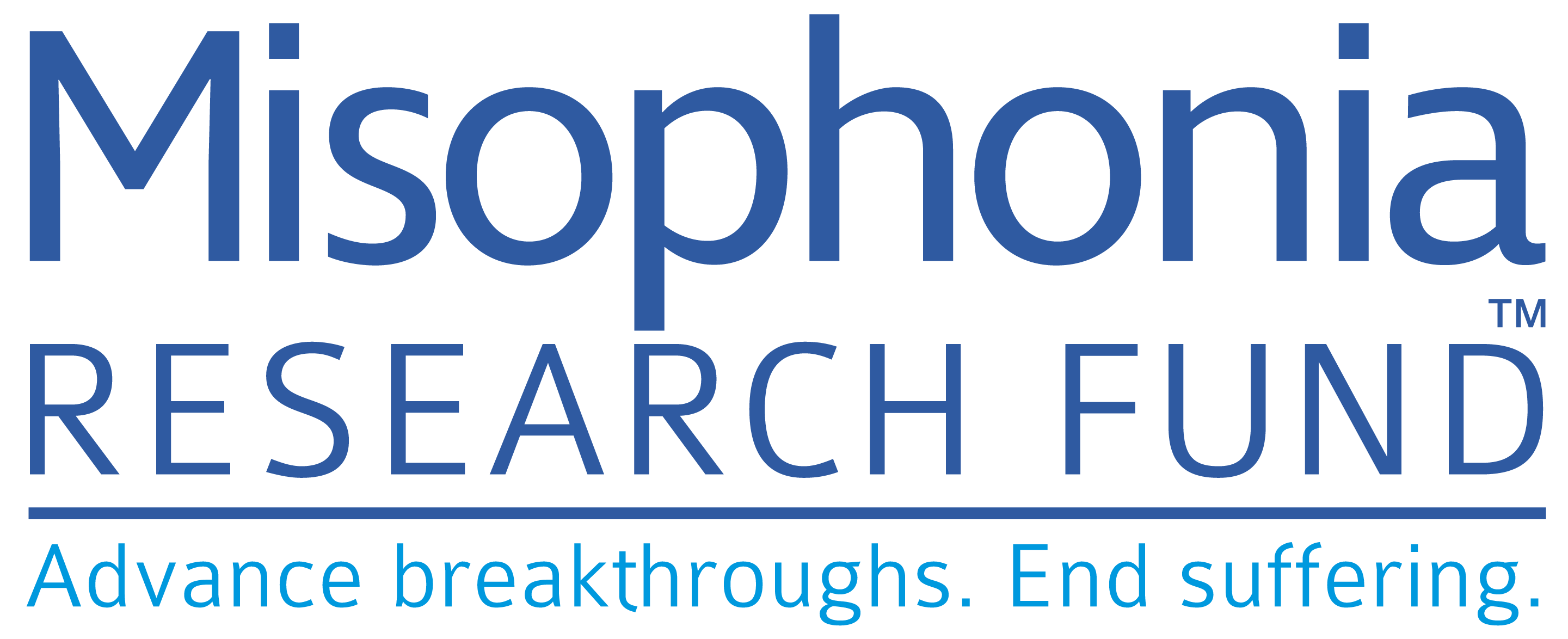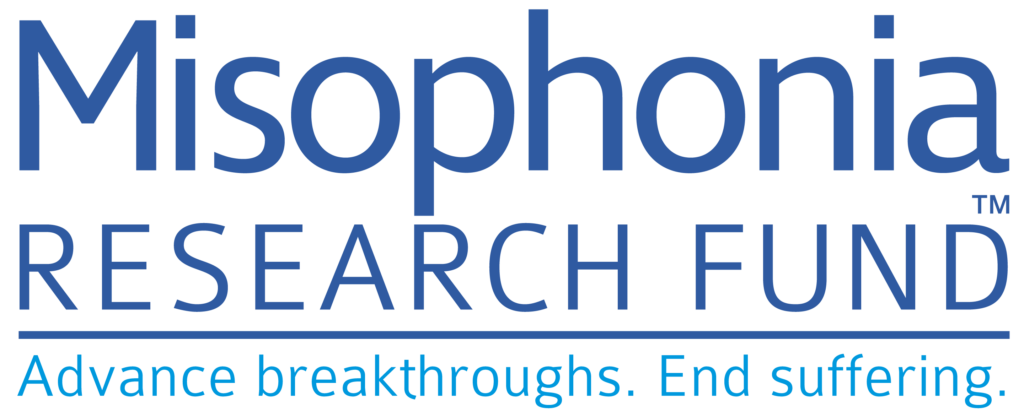What is Misophonia?
Misophonia Defined

Misophonia is a disorder of decreased tolerance to specific sounds or stimuli associated with such sounds. These stimuli, known as “triggers,” are experienced as unpleasant or distressing and tend to evoke strong negative emotional, physiological, and behavioral responses that are not seen in most other people.
Misophonic responses do not seem to be elicited by the loudness of auditory stimuli, but rather by the specific pattern or meaning to an individual. Trigger stimuli are often repetitive and primarily, but not exclusively, include stimuli generated by another individual, especially those produced by the human body.
Once a trigger stimulus is detected, individuals with misophonia may have difficulty distracting themselves from the stimulus and may experience suffering, distress, and/or impairment in social, occupational, or academic functioning.
The expression of misophonic symptoms varies, as does the severity, which ranges from mild to severe impairments. Some individuals with misophonia are aware that their reactions to misophonic trigger stimuli are disproportionate to the circumstances. Misophonia symptoms are typically first observed in childhood or early adolescence.
Misophonia Consensus Definition Project
Beginning in June 2020, the Misophonia Research Fund (MRF), with guidance from the Milken Institute Center for Strategic Philanthropy, initiated a project to develop a foundational definition of misophonia and share it with the scientific community.
From June 2020 – January 2021, a committee of clinicians and researchers with diverse expertise related to misophonia used an iterative process to evaluate scientific evidence and vote on definitional statements about the disorder.
The results of this project – including a consensus definition of misophonia (download here) – underwent rigorous peer review and were published in March 2022 in the scientific journal, Frontiers in Neuroscience.


